People Are Very Impressed With This Stag Beetle Who Creates Art
If you thought Hunter the shiba inu was an amazing animal artist, we have another creature who might impress you.
OK, we’re going to be honest. This one isn’t quite as good at art. But cut the guy some slack. He’s only a beetle.
do you like it? pic.twitter.com/iaqZKI5HBY
— Spike the Beetle (@SpikeTheBeetle) July 4, 2017
Spike, a stag beetle from Japan, is capturing the hearts and minds of people around the world with his original drawings. Spike and his owner, an English teacher named Mandy, skyrocketed to internet fame on Monday. Mandy told Buzzfeed News she was experimenting with the kinds of things Spike could grasp with his strong mandibles when she gave him a marker.
“He moved it around on the page, so I took some photos of his ‘work,’” she said.
His art was so popular, his owner put some of it up for sale on eBay, where the top bid was more than $150 as of Saturday afternoon. According to Spike’s official Twitter account, 15 percent of the proceeds will go to stag beetle conservation.
Some posts have had to be moved around, so here again: Spike's very first piece ever. please be nice to him. pic.twitter.com/IIhOVI0POE
— Spike the Beetle (@SpikeTheBeetle) July 6, 2017
In a “frequently asked questions” sheet about Spike, Mandy says that stag beetles are a popular pet for kids in Japan. Spike isn’t Mandy’s only beetle — he’s paired with a female named Sally. Mandy also has two rainbow stags named Julius and Cleo.
It doesn’t seem that the others will be trying their mandibles at art.
“My other beetles have their unique charms, but none have had the gumption to hold a pen!” Mandy told the Irish Examiner.
art is hard. if you need a break, that's okay. pic.twitter.com/HMDOIPYUrs
— Spike the Beetle (@SpikeTheBeetle) July 7, 2017
On Twitter, she shared a picture of her setup, which includes a terrarium with soil deep enough to dig in, as well as leaves and logs to hide under.
Love HuffPost? Become a founding member of HuffPost Plus today.
this is where Spike lives, with his fellow beetles!
The soil is deep, so he can hide & dig. pic.twitter.com/P4Ra0FzmlC— Spike the Beetle (@SpikeTheBeetle) July 8, 2017
Mandy notes that stag beetles are not particularly affectionate, but they are “very fun to watch.”
However, just as with basically anything that seems fun or nice on the internet, there’s a dark side to the tale of Spike the artistic beetle. The massive popularity in Japan of beetles as pets — some of which are captured in the wild and imported from other Asian countries — has led to concern from conservationists.
The environmental impact of collecting beetles from the wild and the possibility that non-native beetles in Japan will escape and have a detrimental effect on the local ecosystem could be major issues, wrote Australian ecologist Tim R. New in his 2016 book “Alien Species and Insect Conservation.”
“High prices are powerful incentive to overcorrect and obtain beetles by whatever means are possible,” he wrote.
And a 2005 study in the Journal of Insect Conservation recommended tighter regulations on the southeast Asia beetle trade in order to minimize harm to habitats and the beetles themselves.
Also on HuffPost
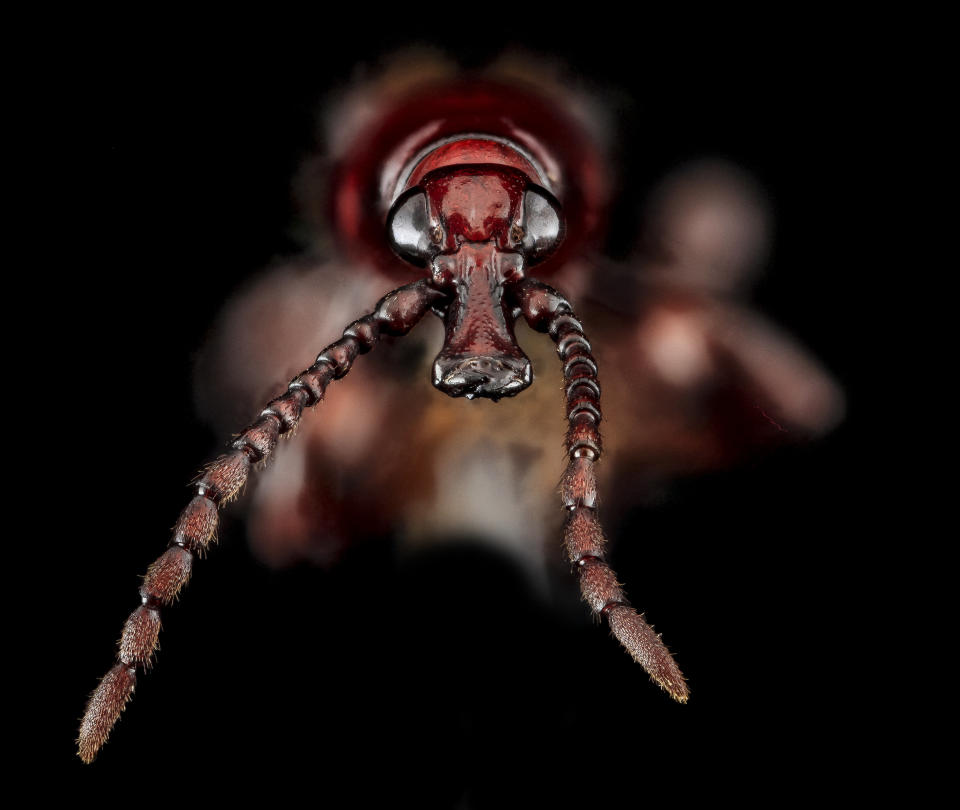
Blue shiny bug
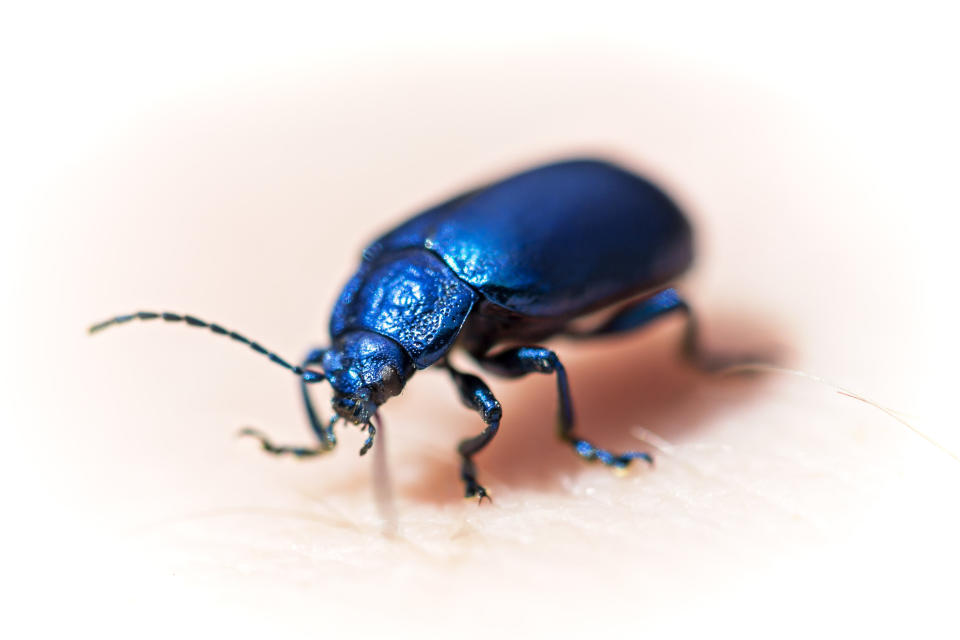
Praying Mantis
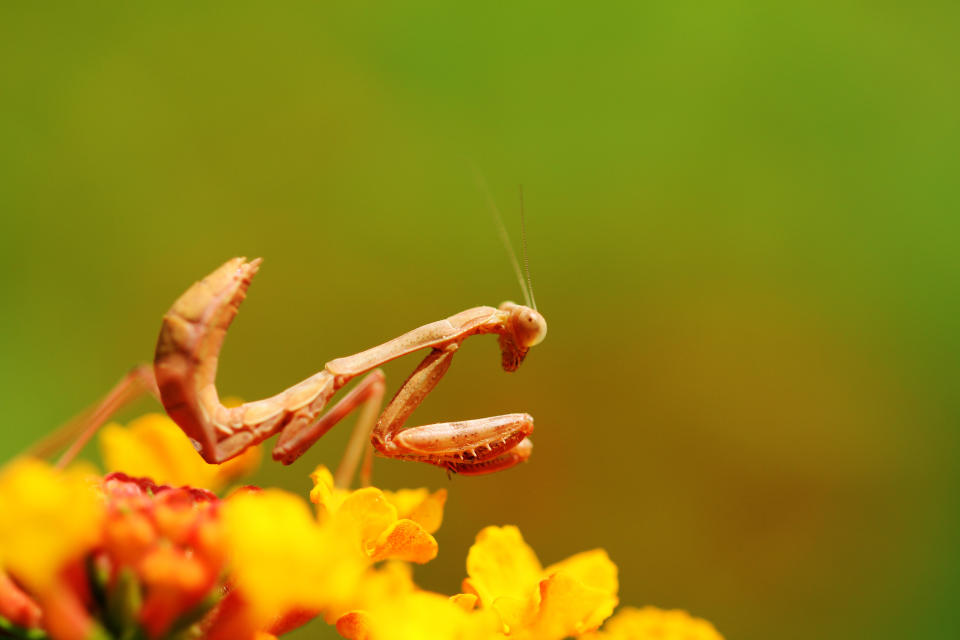
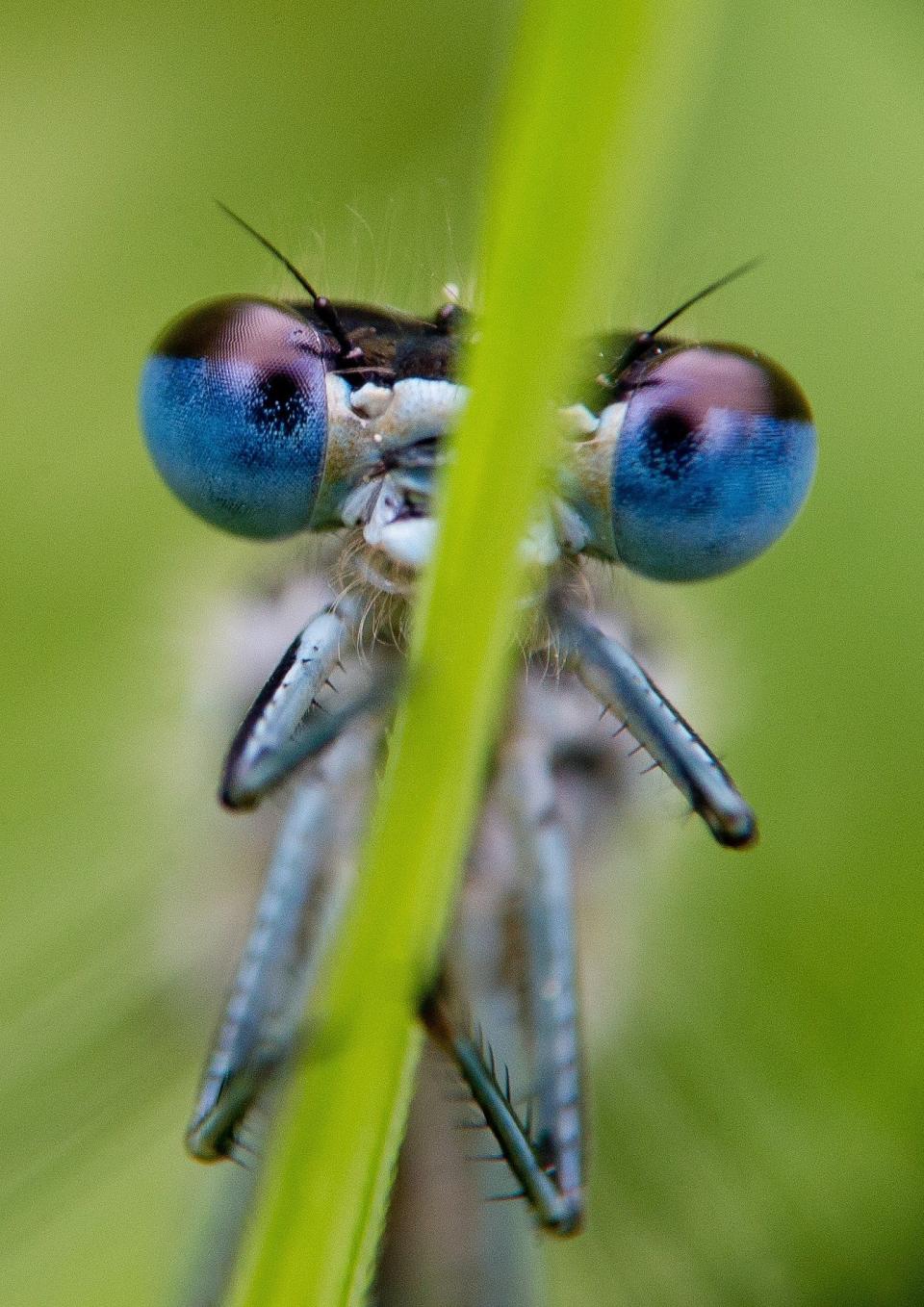
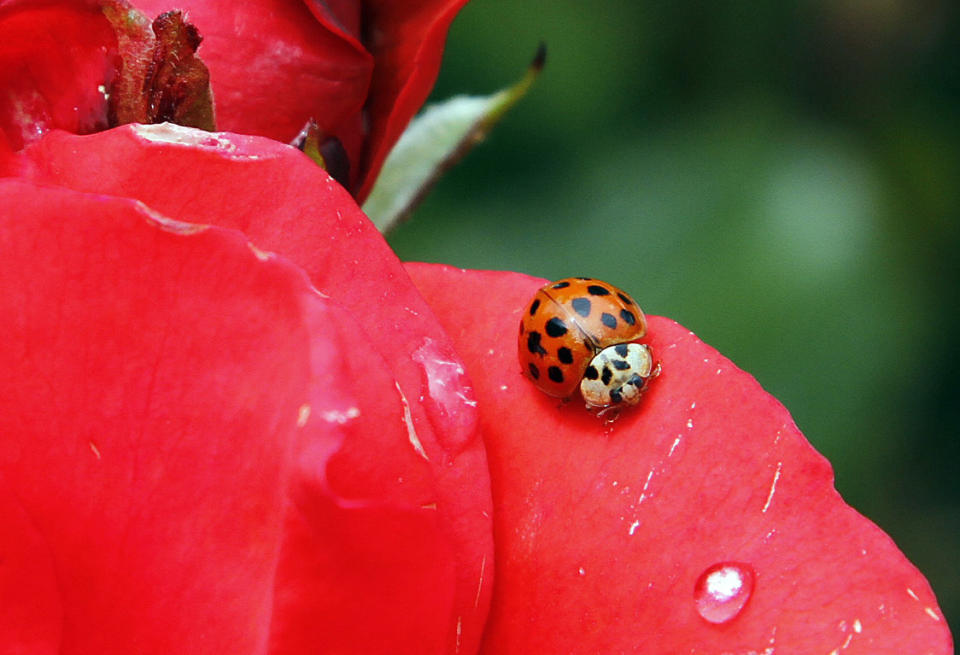
Robber Fly (Mallophora)
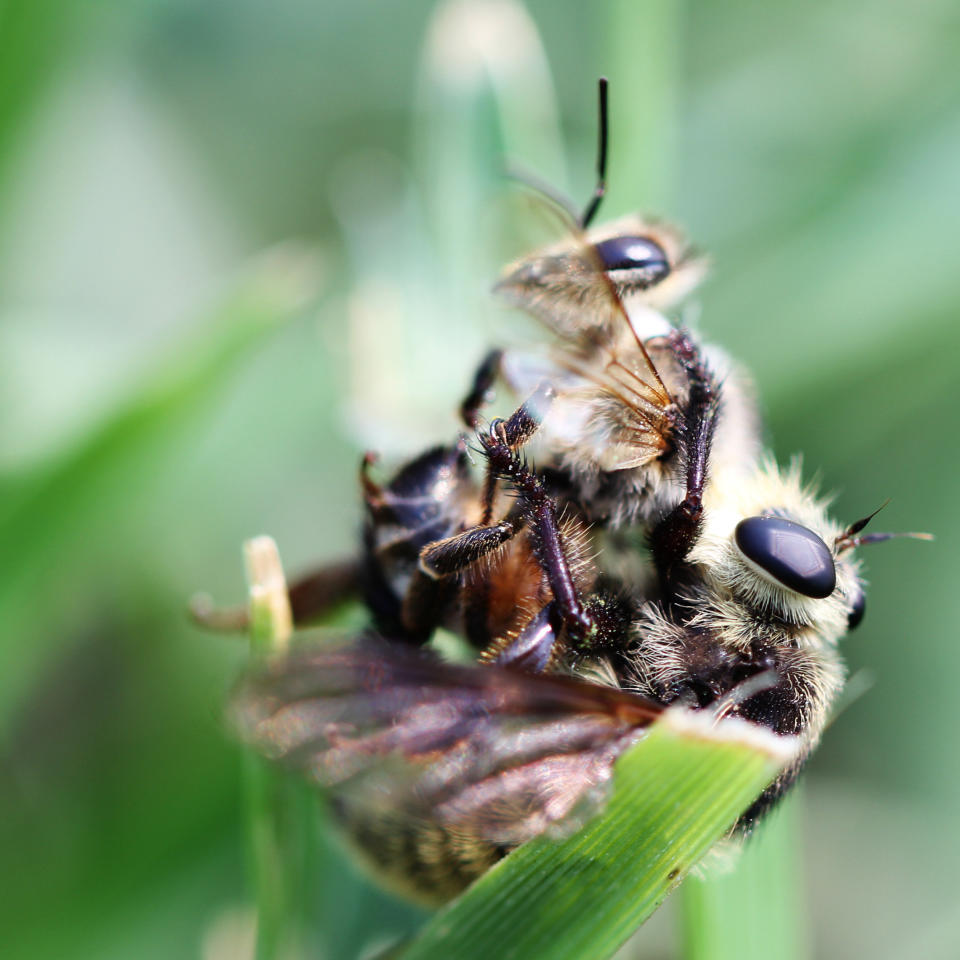
Mexican Bush Katydid Nymph
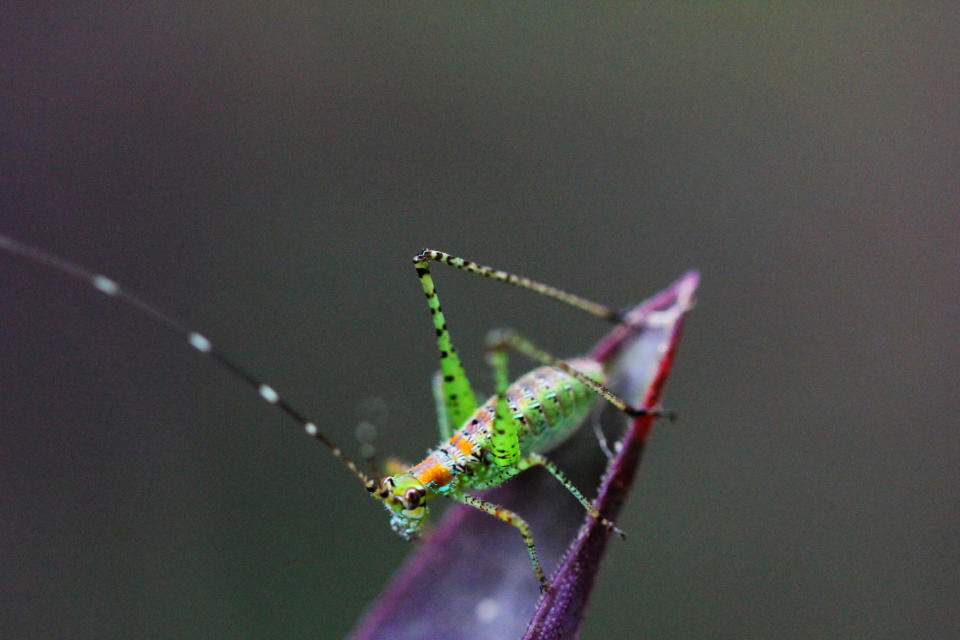
Lightning Bug

Grasshopper
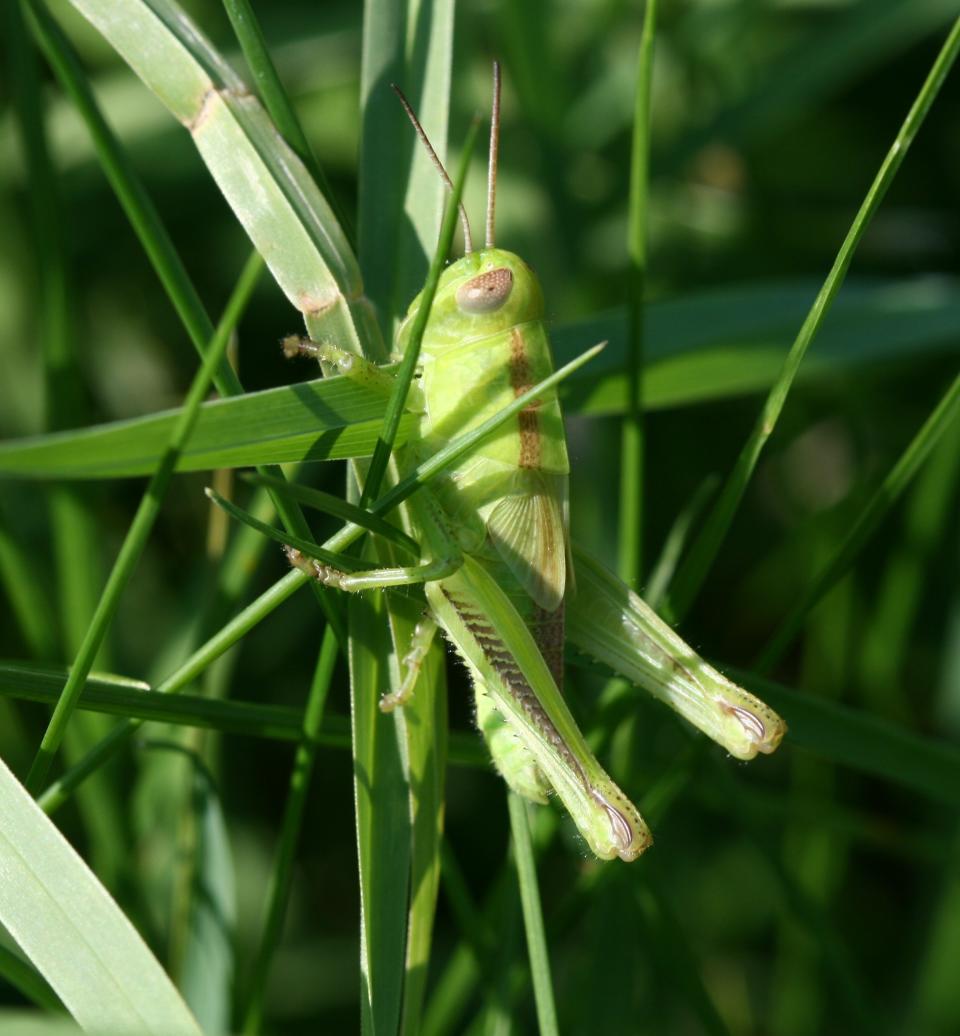
Weevil
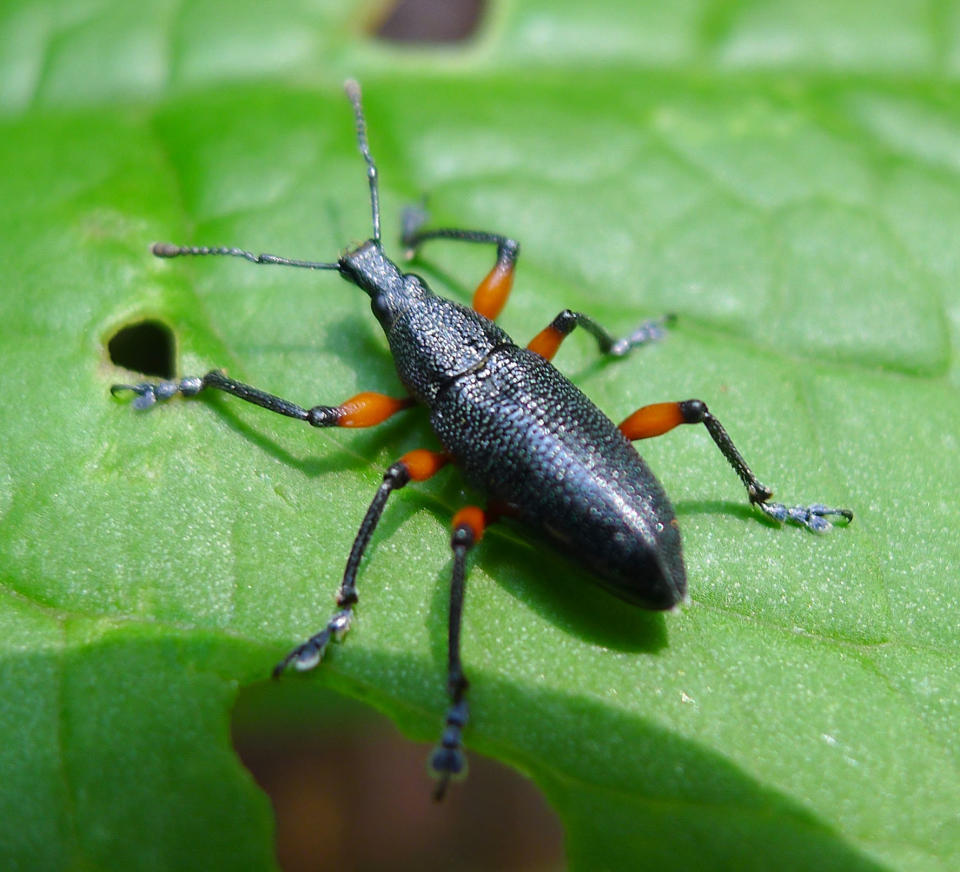
Larinus onopordi
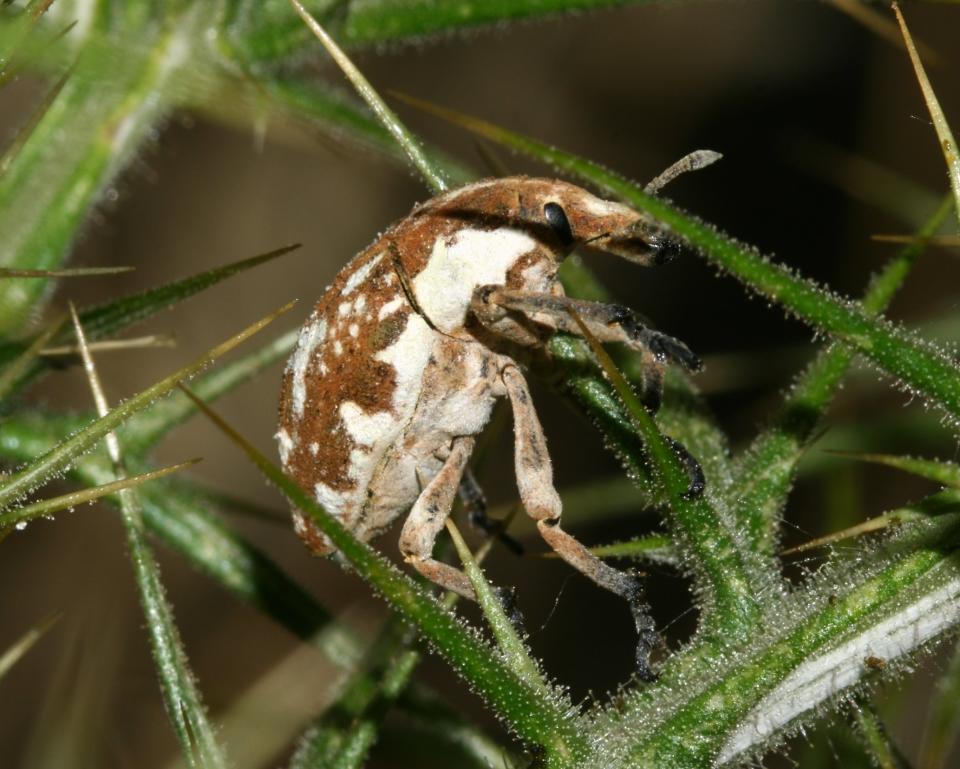
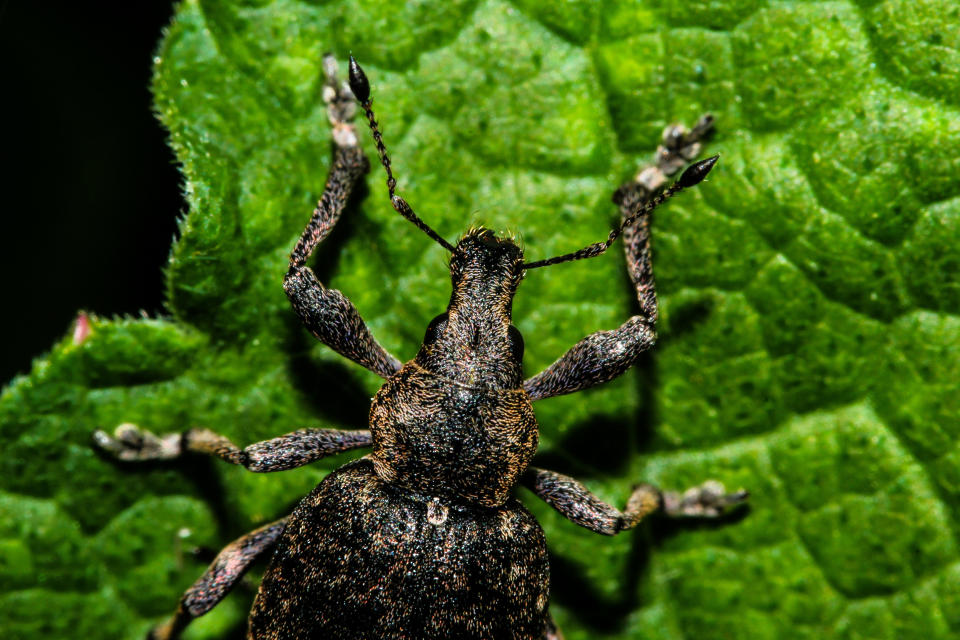

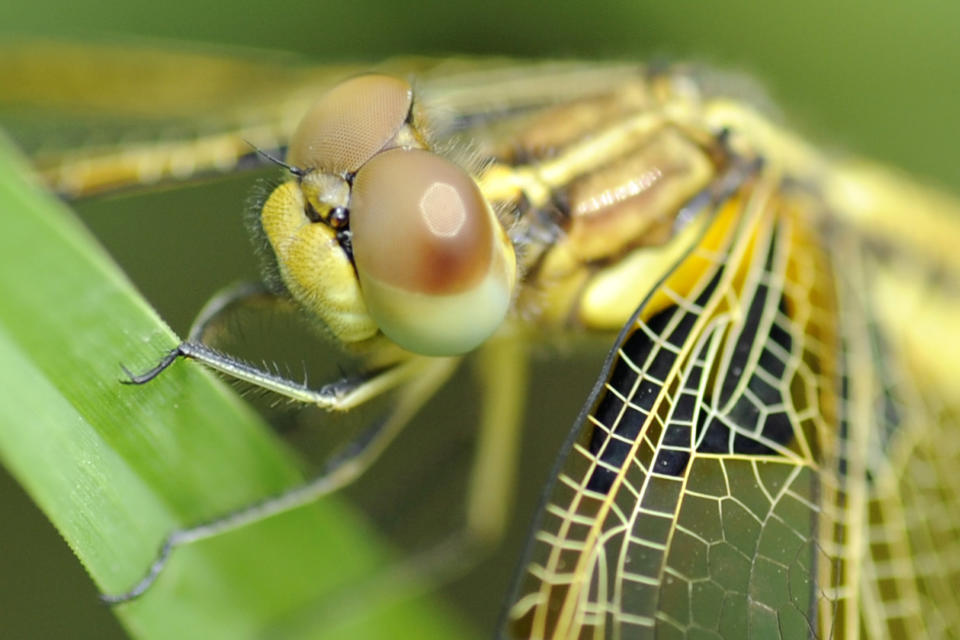
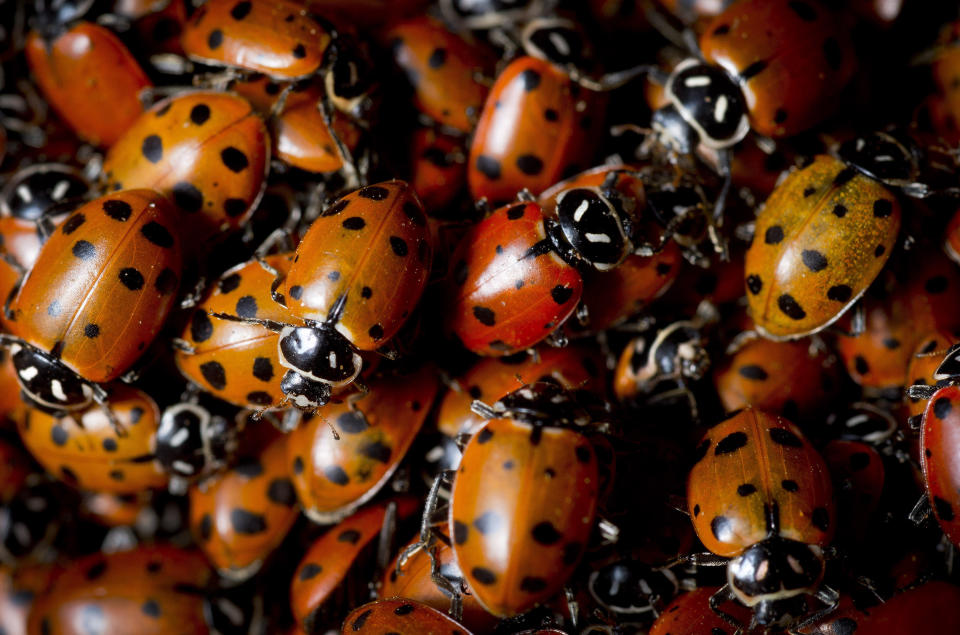
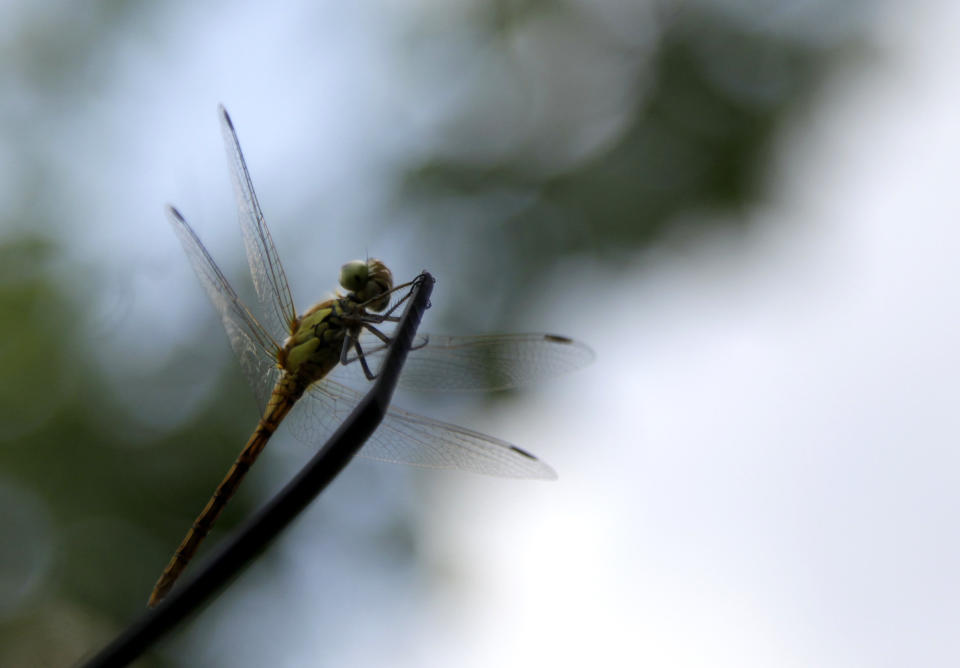
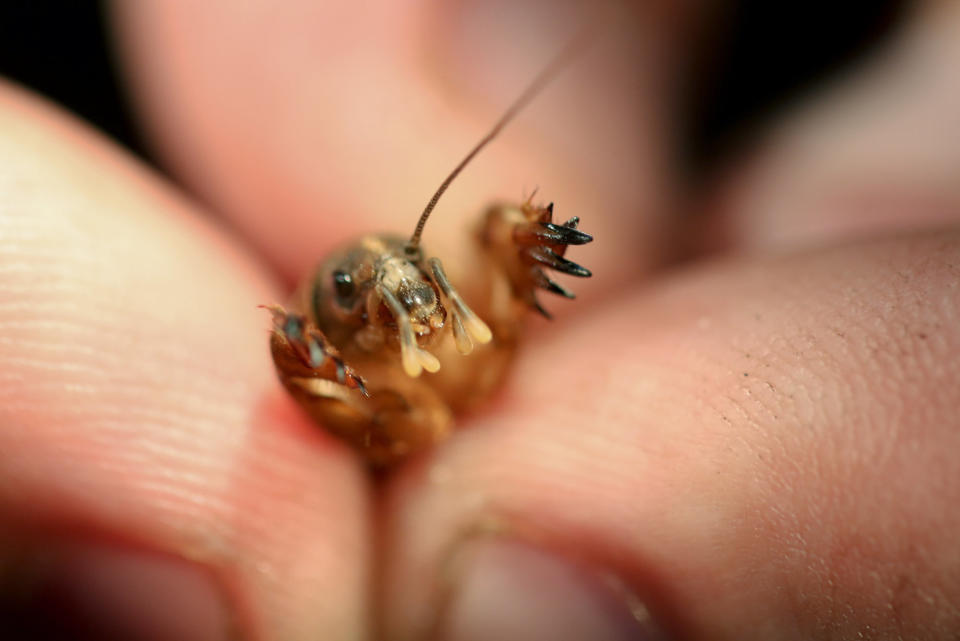
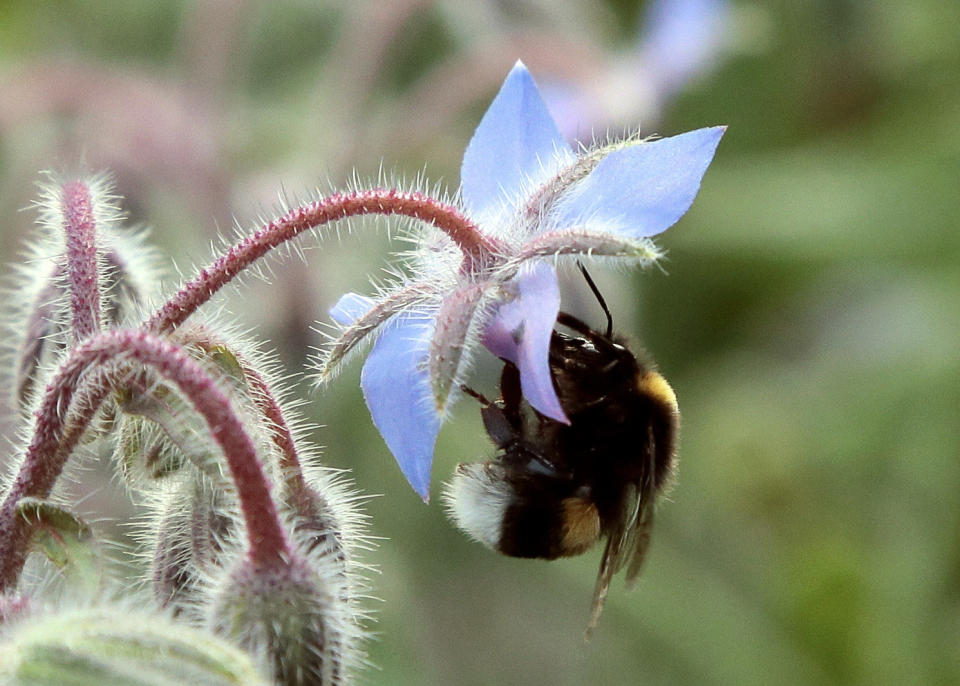

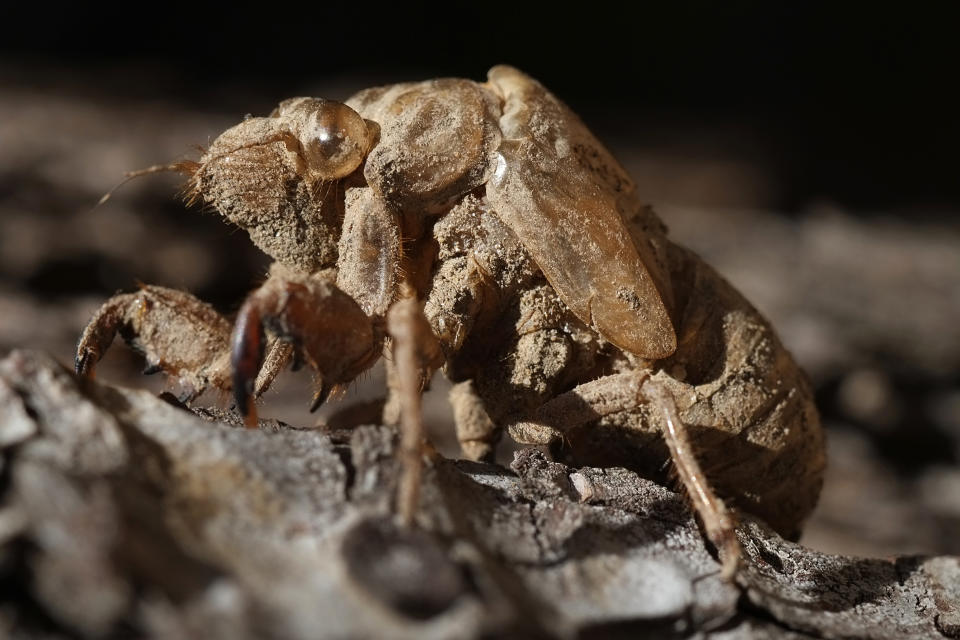

This article originally appeared on HuffPost.

